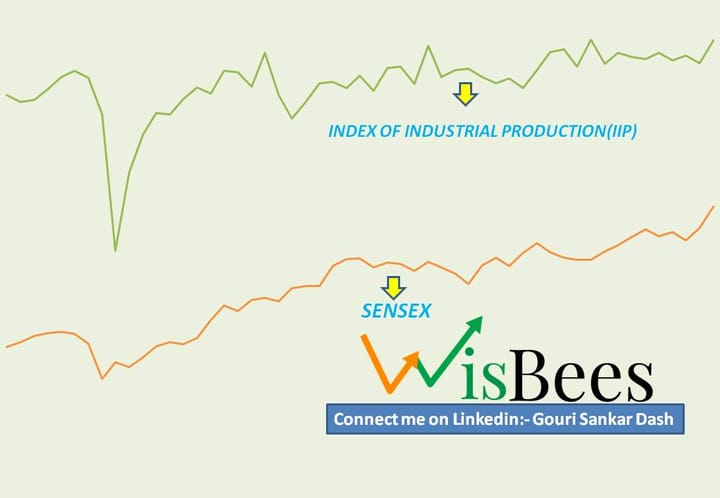Profit and Loss Statement

A profit and Loss Statement is a financial Statement containing information on Revenues, expenses, taxes, and Depreciation incurred for the company in a given Period. It is also called an Income Statement, Statement of Operations or Operating Statement, Earning statement, etc. It is generally popular for showing the Profit or Loss generated by a company after the deduction of expenses.
Profit and Loss Statement, used along with Balance Sheets and Cash Flow Statements, provides a picture of a Company's Financial Performance. Let us take an example of a Real Profit and Loss statement from the Annual Report of Reliance Industries Limited in Indian account Standard format.

Understanding a Profit and Loss Statement
Revenue Side (Topline):-
The Total Income or Revenue contains all cash Inflow that comes to the business from Sales of Goods, Services and Revenue from other activities. The Operating Revenue or Revenue from Operations is the Value of Sales and Services generated from primary Operations. The other income(Revenue from nonoperating sources) is not added.
You can Refer to Notes to Financial Statements to know more about them.
Expense Side:-
It contains all the expenses incurred in the financial period. The Cost Of Materials Consumed forms the major Part in General. Purchase of Stock in trade refers to the purchase of goods the company does towards operating its business.
Changes in Inventories of Finished Goods says how many manufactured goods were left from the previous year unsold that are sold in the Current year. Expenses include “ Employee Benefits Expense “ and “Finance Cost,” which can be understood in the respective given notes to the Financial Statements figure. The “Employee Benefits Expense” may include employee salaries like costs, and “Finance cost” may include interest expenses, bank charges, etc.
Depreciation and Amortisation are deducted on the basis of tangible and intangible assets, respectively.
“Other Expenses” includes other overhead costs such as Manufacturing expenses, selling and Distribution expenses, Establishment expenses, etc.
Profit Before Tax:-
It is also referred to as Earnings Before Tax (EBT). It is the Pre-tax Profit that is calculated by the formula.
Profit Before tax= Total Revenue - Total expenses-Exceptional Items(If any)
Bottom line(Profit After Tax):-
If we deduct the applicable taxes from Profit Before tax, we arrive at a net profit for the financial period called Profit After Tax. In the last, you can see Earnings Per Share, defined as a company's earning capacity per share. It can be Basic EPS and Diluted EPS.



